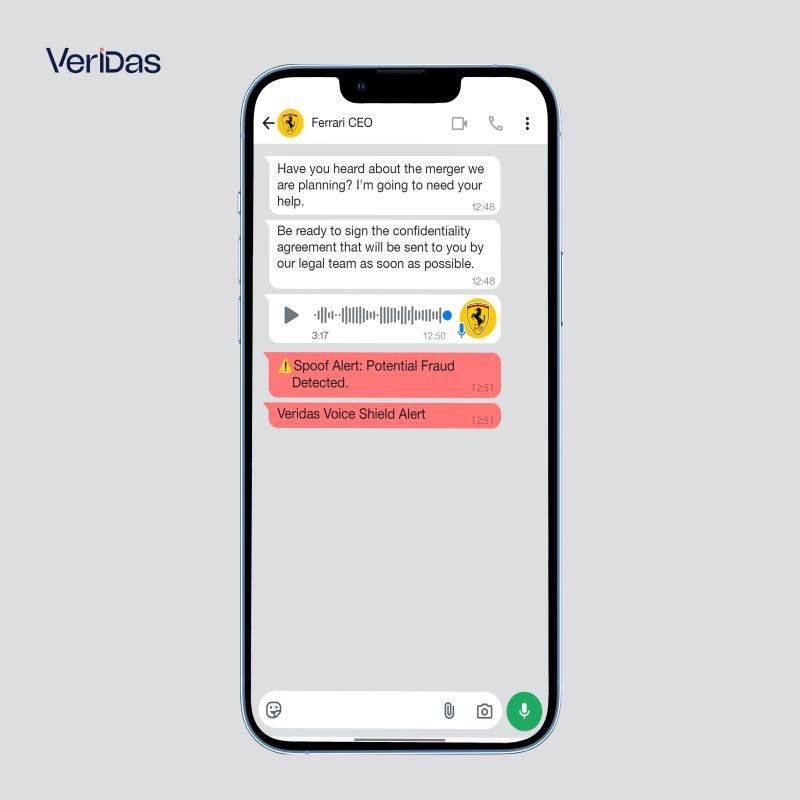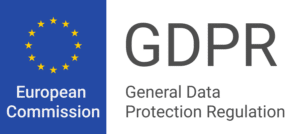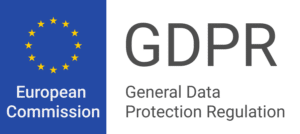Vishing—a blend of “voice” and “phishing”—is a cyber fraud technique where attackers use phone calls or voice messages to deceive individuals and steal sensitive information, such as passwords, banking details, or personal data. With the rise of AI technologies like deepfake audio, vishing attacks have become more sophisticated, mimicking real voices to gain victims’ trust.
Vishing Definition and Meaning
What is vishing? At its core, vishing involves leveraging the human voice as a tool for social engineering attacks. Scammers often impersonate trusted figures, such as CEOs, bank representatives, or family members, to manipulate their targets. Unlike traditional phishing, which relies on emails or text, vishing exploits voice communication, making it highly persuasive and harder to detect.
How Does Vishing Work?
- The Setup: Attackers gather information about their target through social media or other sources.
- The Call: Using AI-generated voices or live impersonation, they pose as a trusted individual.
- The Hook: Scammers create urgency, such as a financial crisis or a critical business decision, to pressure their target.
- The Action: The victim unknowingly divulges sensitive data or transfers money to the scammer.
What Is a Vishing Attack?
A vishing attack involves fraudsters using phone calls or voice messages to impersonate trusted individuals or entities, such as banks, government officials, or company executives. These attacks often rely on social engineering tactics to create a sense of urgency or trust, manipulating victims into sharing sensitive information or performing unauthorized actions.
For example, scammers may call pretending to be from your bank, claiming that there has been suspicious activity on your account. They then request personal details, such as your account number, PIN, or one-time passwords, under the guise of “securing” your account. Unlike traditional phishing emails, vishing relies on human interaction, making it more personalized and harder to detect.

What Is the Purpose of Vishing?
The main purpose of vishing is to steal sensitive information or gain unauthorized access to financial assets. Criminals aim to exploit trust, fear, or confusion in their targets. Vishing can also be used to achieve other goals, such as:
- Identity theft: Obtaining personal details to impersonate the victim in future fraudulent activities.
- Corporate espionage: Accessing confidential business information or trade secrets.
- Monetary theft: Coercing individuals into transferring funds or providing payment details.
- System infiltration: Manipulating employees to share passwords or grant access to secure systems.
Attackers craft their approach based on the target, whether it’s an individual, a business, or a government agency, making each attack tailored and highly convincing.
What Are the Signs of Vishing?
Recognizing the signs of a vishing attack is crucial to protecting yourself. Here are some common red flags:
- Urgency or Pressure: The caller emphasizes immediate action, such as transferring money or sharing sensitive information, often using fear tactics.
- Unsolicited Calls: Receiving unexpected calls from organizations or individuals claiming to know personal details about you.
- Requests for Confidential Information: Legitimate entities rarely ask for personal details like passwords, PINs, or account numbers over the phone.
- Caller ID Spoofing: The phone number displayed on your device may appear authentic but has been falsified to resemble a trusted entity.
- Unusual Language: The caller may use overly formal or awkward phrasing, which can indicate they are reading from a script.
- Promises Too Good to Be True: Offers of large sums of money, lottery winnings, or investments with no risk are often scams.
By staying alert to these signs, you can avoid falling victim to vishing attempts.
Vishing Example: Ferrari’s Voice Fraud Incident
One high-profile vishing example involved attackers using AI-generated deepfake audio to mimic the voice of a Ferrari executive. The convincing audio led an employee to transfer a large sum of money into the fraudsters’ account.

This isn’t the only case of voice fraud through deepfake technology. In 2019, criminals impersonated the CEO of a UK-based energy company using deepfake audio, convincing the company’s finance officer to transfer €220,000 to a fraudulent Hungarian account. The audio mimicked the CEO’s German accent and tone, making it nearly indistinguishable from the real voice.
Another incident occurred in the United States, where scammers pretended to be government officials, warning individuals of unpaid taxes. Victims were threatened with legal action or arrest unless they immediately transferred funds. This type of scam, though not deepfake-based, underscores how vishing exploits fear and urgency to manipulate targets.
How Can You Prevent Vishing and Phone Scams?
Protecting yourself from vishing attacks requires awareness and proactive measures. Here are some tips to safeguard against phone scams:
- Verify the Caller’s Identity: If you receive a suspicious call, hang up and contact the organization directly using their official contact information.
- Avoid Sharing Sensitive Information: Never provide personal details, account numbers, or passwords over the phone unless you initiated the call.
- Use Caller ID with Caution: Be aware that scammers can spoof numbers to make them appear legitimate.
- Enable Multi-Factor Authentication (MFA): Even if an attacker gains access to your credentials, MFA can act as an additional layer of security.
- Educate Employees: Businesses should train staff on recognizing and responding to vishing attempts, particularly in high-risk roles like finance or HR.
- Invest in Advanced Security Technologies: Tools like voice biometrics and liveness detection can help prevent unauthorized access through impersonation.
By implementing these practices, individuals and organizations can significantly reduce the risk of falling victim to vishing fraud.
Why Vishing Is a Growing Threat
The advent of deepfake audio has amplified the danger of vishing. Attackers can now mimic voices with alarming accuracy, replicating pitch, tone, and inflection. This makes traditional security measures, like simple voice recognition or password-based systems, insufficient to combat these threats.
Combating Vishing Fraud: Advanced Voice Biometrics
To counteract vishing attacks, businesses must adopt advanced technologies like voice biometrics. These systems analyze unique vocal characteristics—such as rhythm and tone—to create a secure “voiceprint” that is nearly impossible to replicate.
Key Features of Advanced Voice Biometrics:
- Instant Verification: Real-time identification of legitimate voices.
- Liveness Detection: Differentiates live voices from recordings or synthetic audio, blocking replay attacks.
- High Accuracy: Prevents fraud with up to 99% reliability.
Solutions like Veridas’ Voice Shield offer robust protection, helping industries like finance, healthcare, and insurance stay ahead of evolving threats.
Conclusion
As vishing fraud continues to evolve, understanding what vishing is, its meaning, and how attacks unfold is crucial. High-profile incidents like Ferrari’s voice scam emphasize the importance of adopting advanced security measures. With tools like voice biometrics, organizations can protect their assets and reduce the risk of falling victim to these sophisticated schemes.
By staying informed and proactive, businesses and individuals alike can safeguard against this rising threat.




















